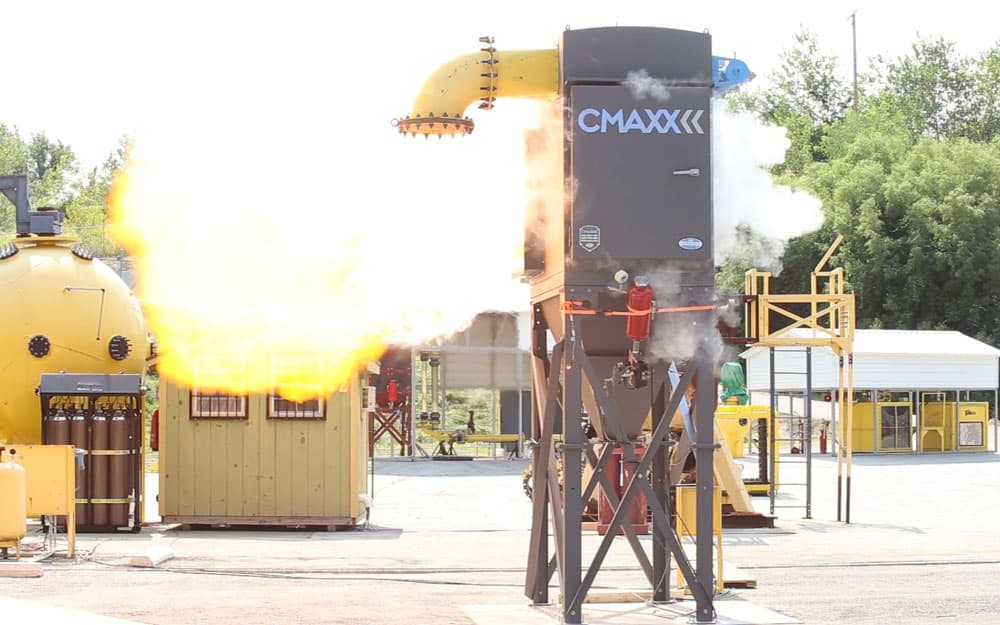
by Scott Stearns | Jul 20, 2018 | Uncategorized
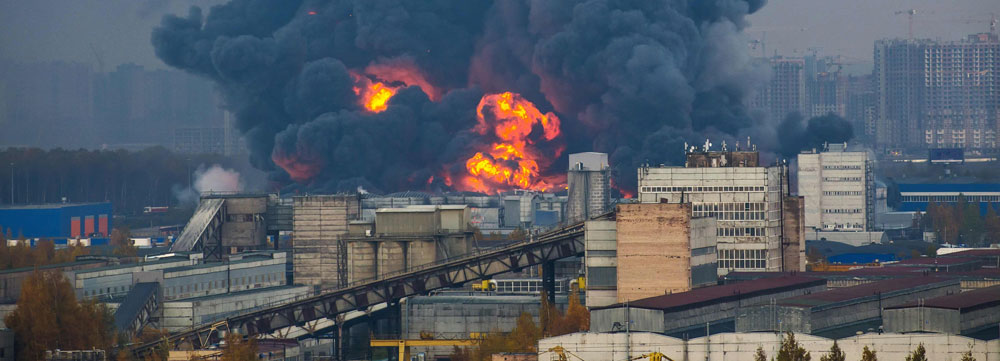
A fire or an explosion can destroy expensive equipment, damage, or even wreck your building. It can certainly cause injury or death to workers. Dust and fume collection systems are often collecting some type of combustible material. So, these systems often require fire or explosion control systems as well as other types of safety systems.
Difference Between Fire and Explosion Control
It’s important to understand how a fire and an explosion are different. Fire is caused is when a substance rapidly consumes oxygen to produce heat and light. An explosion is an event where energy rapidly expands outward from the source, often creating a damaging shock wave. A fire may not cause an explosion, and explosions can happen without fire. For example, logs in a fireplace can slowly burn for a long time, producing flames and heat. Also, a pressurized tank of gas can explode if the material inside expands.
Is Combustible Dust Flammable or Explosive?
The answer is often both, depending on the conditions. If you try to light a block of metal on fire, not enough of the titanium is exposed to the air to start a fire. However, if you grind up that metal or turn it into gas with a welder, those tiny particles are exposed to plenty of air, and if there is an ignition source, they can catch on fire. Some metals, like titanium, burn so hot that once they are ignited, they can actually use water to burn even more, so using water to put them out just makes it worse.
Another example is sugar. Most of us use sugar all the time without realizing that it’s even flammable. However, an airborne cloud of sugar can combine with oxygen so quickly that it causes a violent explosion. Many other materials behave like sugar: once they become airborne, they can cause dangerous explosions because a fire can ignite the material so quickly.
A dust collector can be a perfect environment for a fire or explosion. Lots of dust inside an enclosed space can be very dangerous if it starts to burn, and it can be explosive. So how do you protect your dust collection system from fire or explosions?
Dust Fire and Explosion Control Devices
Spark detectors, spark trap, and abort gates can all act as fire prevention devices. One common choice for fire prevention is a spark detector. A spark detector will sense a spark before it gets into the dust collector, and it can activate other devices.
The spark detector might activate an abort gate. This will drop and deflect any sparks, fire, or smoke away from the facility and divert it safely. A spark trap installed in the ductwork and purposefully creates turbulence in the airflow. This knocks a spark around until it loses so much heat that it can’t start a fire.
These are devices that protect you and your facility from a fire. There are also chemical suppression systems that can be activated by the spark detector and extinguish a spark before it can start a fire. These systems can also put out a fire once it has started to keep it from spreading and prevent damage.
An in-line deflagration arrestor (IDA) is a type of system design. It protects your facility from explosions by stopping a flame front and preventing it from traveling back into the facility. IDA dust collectors include special filters that help extinguish a flame front and prevent it from going any further.
Explosion isolation valves are triggered by pressure to close off and prevent the explosion from traveling any further. A fast-acting slide gate can also be triggered to contain the explosion inside the dust collector. Once an explosion has occurred, there’s one, primary safety concern. That’s preventing it from getting back into the building or from causing damage or injury.
Devices like explosion vent panels or flameless explosion venting do not prevent explosions. But they do vent the explosion safely if one does occur.
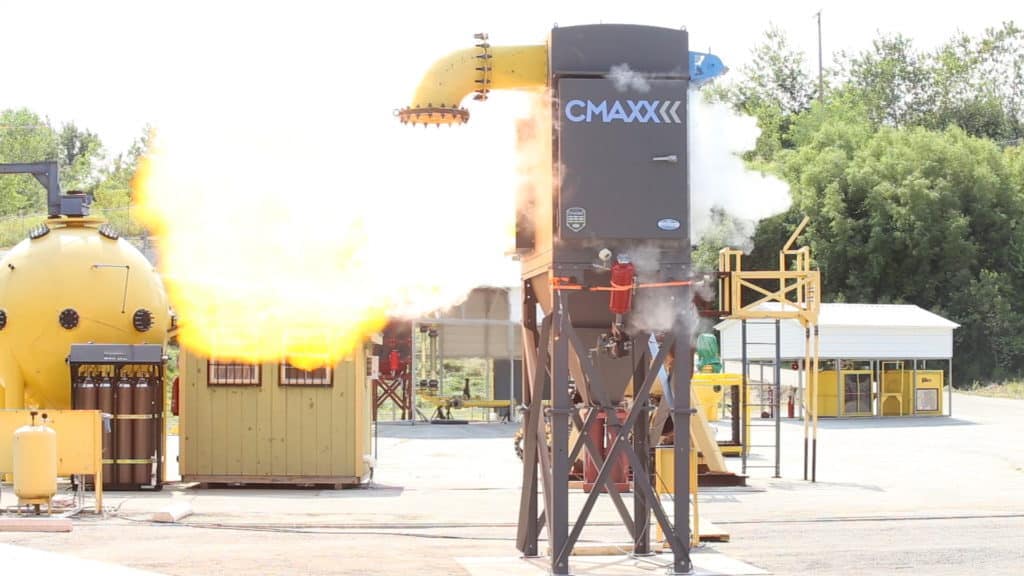
Let’s Figure It Out
Sometimes a dust collector upgrade makes the most sense to protect a facility from fire damage. Contact us here at Imperial Systems to help determine your best options.
Read more
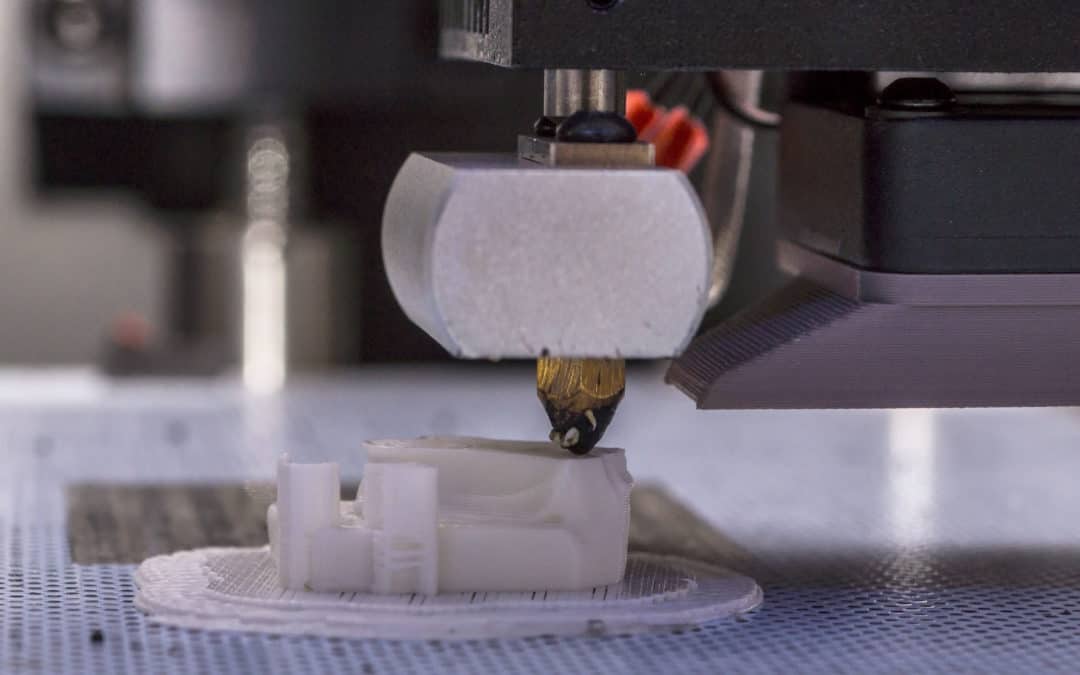
by Scott Stearns | Jul 18, 2018 | Uncategorized
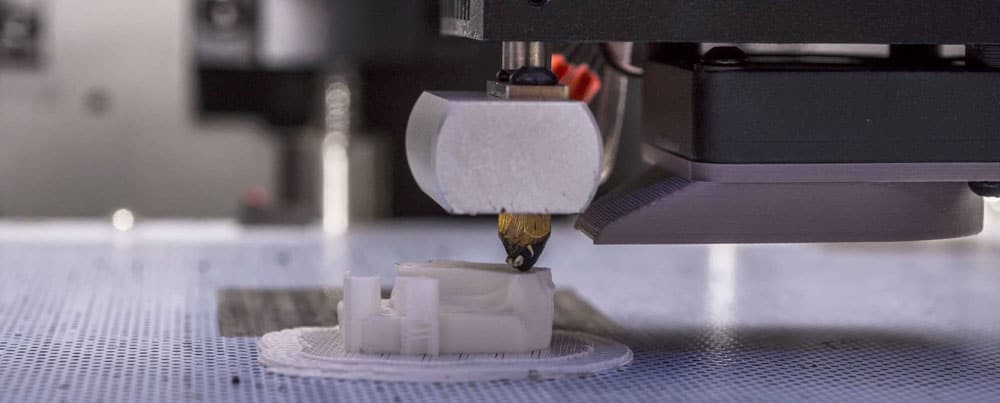
With the exploding popularity of 3D printing, it’s inevitable that combustible dust hazards would become part of the process. After all, 3D printing uses materials from plastics and nylon to aluminum and titanium. Almost all of them are combustible and can form explosive airborne dust around the work area.
3D printing is also called additive manufacturing, and it works by fusing layers and layers of extremely fine dust to create the final shape. When using metals, plastics, or ceramics, the layers are often fused by a laser that has the precision to carry out computer-guided designs.
The term “additive manufacturing” is most often found in applications like metalworking, where it is used as an opposite of manufacturing that involves removal of material, like cutting or grinding. 3D printing is a much broader term and can apply to a wide variety of processes.
If the combination of combustible dusts and high-powered ignition sources doesn’t sound like an explosion hazard, consider the fact that this is still a new technology, and many dust collection systems on the market aren’t equipped to handle this kind of hazard. OSHA has already cited at least one company for an explosion that occurred when combustible aluminum and titanium metal powers from their 3D printing process ignited, causing serious injuries.
Besides the risks of a combustible dust explosion, the extremely fine powders needed for 3D printing or additive manufacturing are often hazardous to human health. In other blog posts we’ve discussed the health risks of inhaling these particles, which can be as fine as welding fume dust. With the materials being fused by lasers or other high-heat techniques, harmful particulates are being released into the air along with the dust from the manufacturing process.
These harmful particles can include plastic particles, known toxins like hexavalent chromium, or even byproducts of high-tech aircraft alloys like beryllium. Many of them are health hazards and almost all of them are explosive if the conditions are right. Additive manufacturing or 3D printing often creates perfect conditions for a combustible dust explosion.
How do you mitigate the risk of combustible dust in your 3D printing operation? Proper dust collection will remove all excess dusk from the work area, preventing an explosive situation from occurring. With the CMAXX dust and fume collector, the most efficient filtration and best explosion protection are on your side to make sure your 3D printing areas, expensive pieces of equipment, and workers all stay safe.
Imperial Systems is ahead of the game in designing custom solutions for 3D printing and additive manufacturing applications. If you’re looking for a solution for the combustible dust problem that your application creates, contact the company that’s already designing systems to handle exactly these kinds of problems.
With the best design and quality on the market along with unbeatable fire and explosion protection options, the Imperial Systems CMAXX is the solution 3D printers need to keep their process efficient and safe. High efficiency filters allow for the capture and reuse of expensive powders and keep your work area clean of combustible dust. They also keep your air clear of dangerous byproducts and toxic substances your process might use or produce.
Read our white paper on combustible dust.
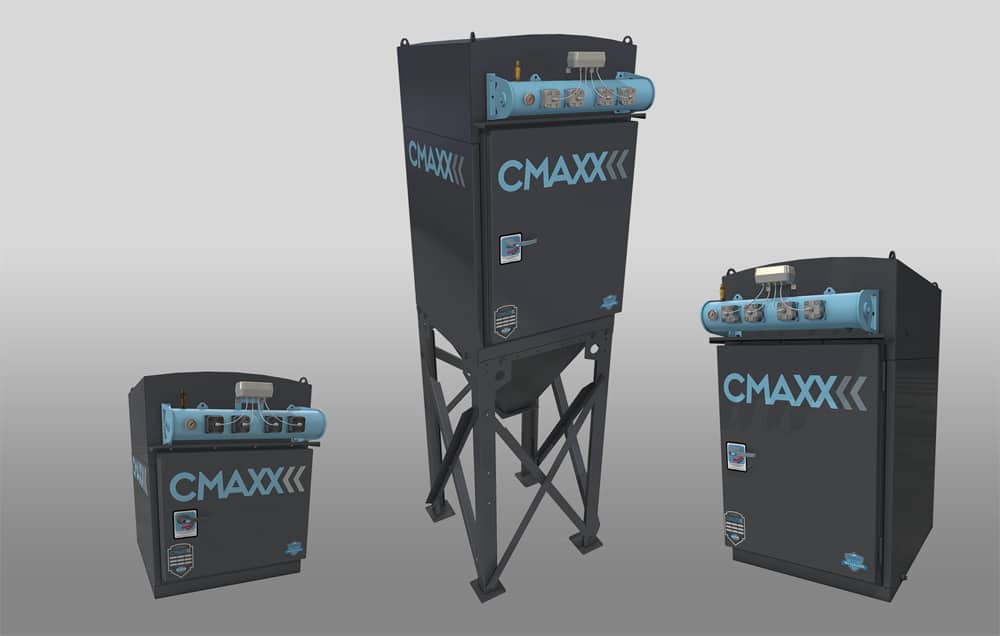
http://www.ehstoday.com/industrial-hygiene/additive-manufacturing-and-combustible-dust-hazards-3d-printing
https://www.osha.gov/news/newsreleases/region1/05202014
Read more
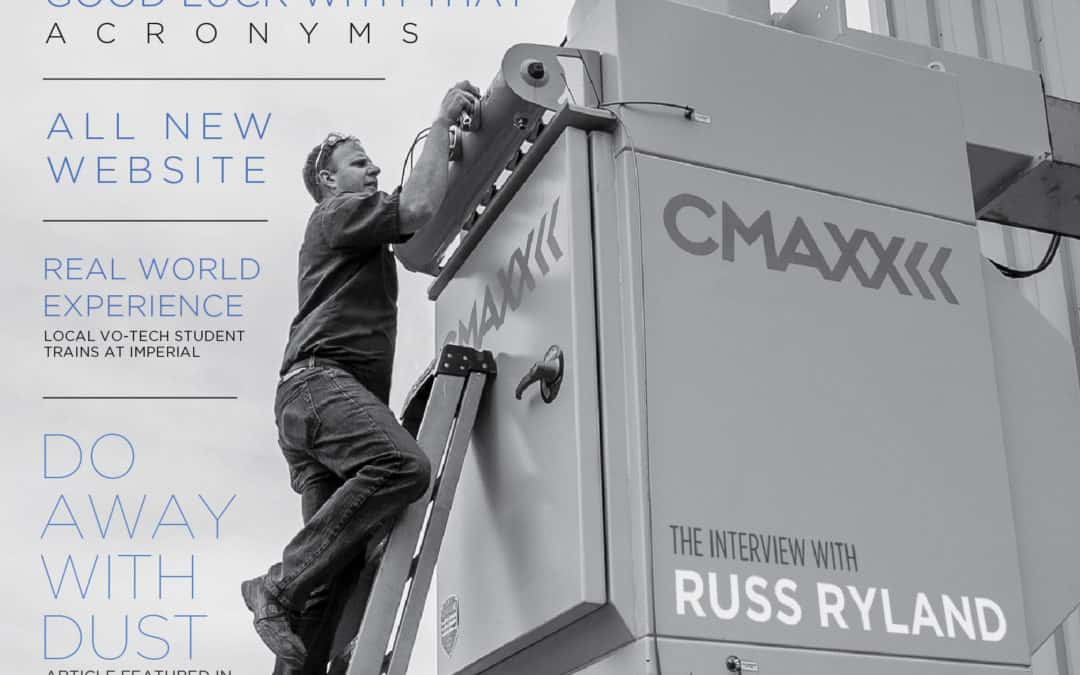
by Scott Stearns | Jul 13, 2018 | Uncategorized
Imperial Systems Newsletter Issue 6 is the second quarter issue of the year. Make sure to check out all of the articles and interviews. Some of the articles include dealing with cement dust, giving a Vo-tech student some real world experience, Charlie back with one of his Good Luck With That stories and more. If you would like a Printed Hard Copy of this issue of our newsletter please contact your Imperial Sales Rep.
Click Cover To Download and Print Newsletter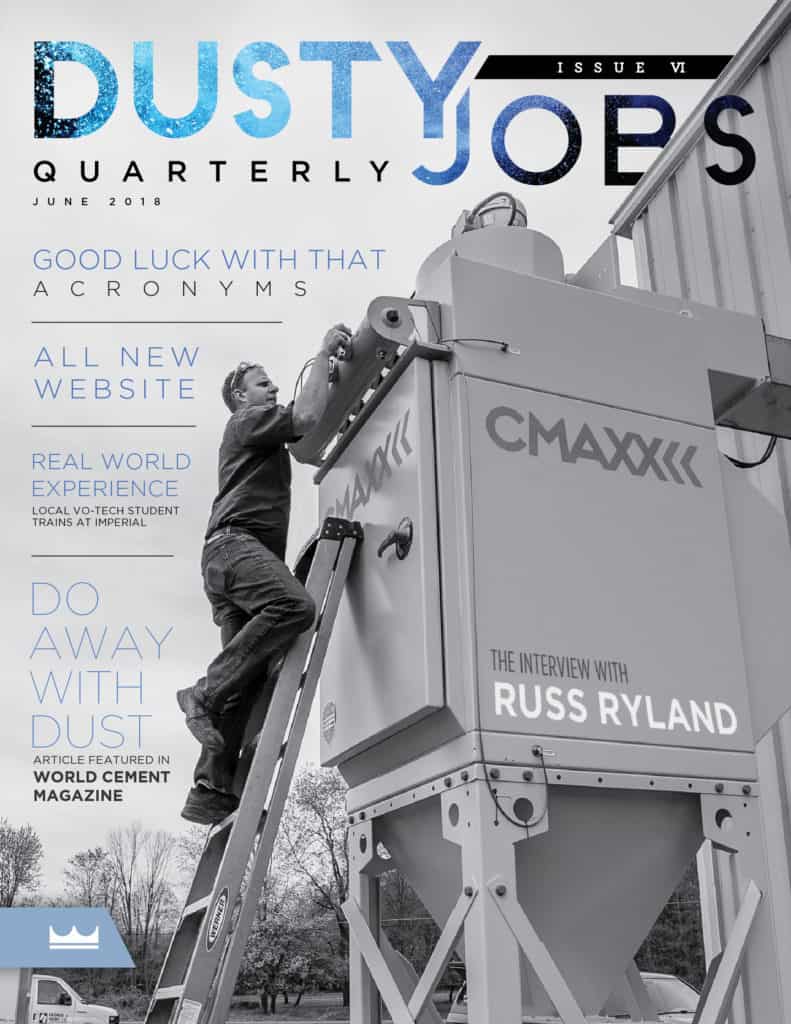
CLICK THE ARTICLE TO READ





 That can be a very hard concept to accept. However, I am constantly amazed that people who work at Imperial Systems live and breathe this selfless idea without even knowing they are doing it. People focus on the good of the company, the community, fellow individuals, our customers and vendors. They have found when they humbly accept this there is no height they cannot achieve.
That can be a very hard concept to accept. However, I am constantly amazed that people who work at Imperial Systems live and breathe this selfless idea without even knowing they are doing it. People focus on the good of the company, the community, fellow individuals, our customers and vendors. They have found when they humbly accept this there is no height they cannot achieve.
I have seen Imperial Systems grow from a small operation to seemingly unachievable heights over the years and it continues to exceed any preconceived ideas or plans we may have dreamed up. There is no doubt that this happens because of the people. When completing our recent move, we have been blessed to retain our great employees while adding many new faces. We have guys in the fabrication shop from local vocational schools learning from our experienced fabricators. We also have amazing interns this summer in our Engineering, Marketing and Software departments, furthering their education while providing much needed support on outstanding new projects Imperial is working to complete.
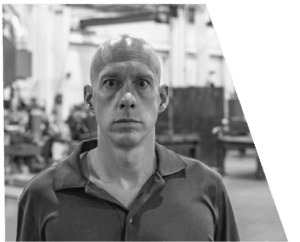
With this growth there will be obstacles and we will make mistakes as we progress. We will overcome these issues and grow as a result of experiencing them. It is through our people and our attitude that we will work to be the best we can be for each other, for the good of the company and all of those affected by the company.
I ask you to be part of what is going on here. We have a newly updated website describing our company, products and services. Please visit it. I encourage you to call and talk with Imperial employees and representatives to find out what we are all about and get to know some of our family. Please don’t just believe my words but come visit us and see for yourself. Our door is always open.
– Chalmer Ritzert, VP of Imperial Systems, Inc.
Read more
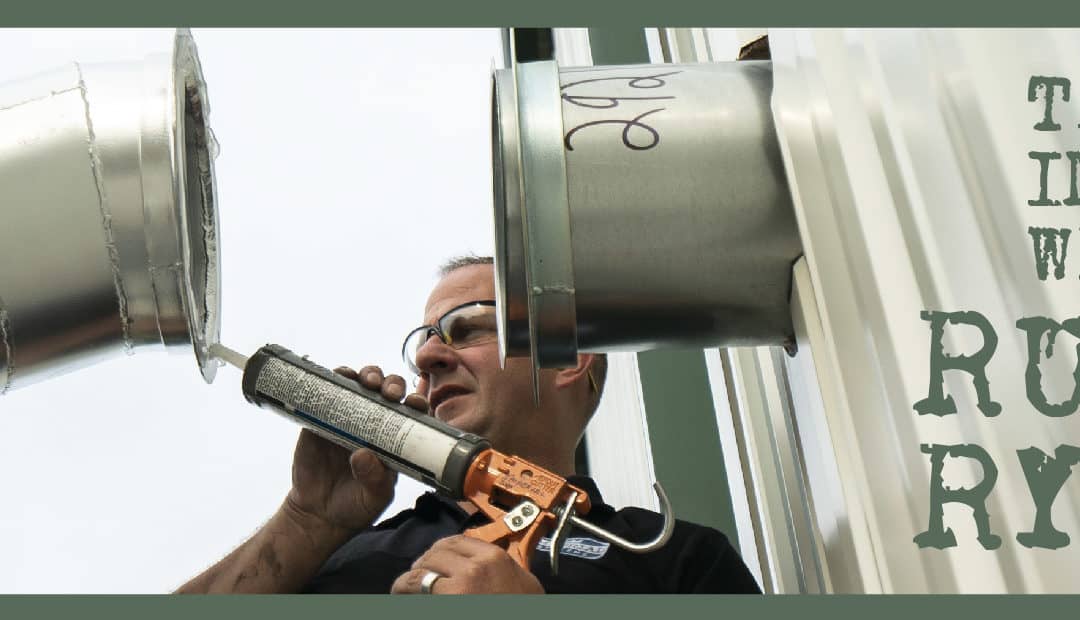
by Scott Stearns | Jul 13, 2018 | Hidden from Archive

Russ has seen it all when it comes to dust collectors. If you have a question that no one else can answer, then you go to Russ. Chances are he knows. Russ has been with the company nearly since the beginning. He now leads the Service and Installation side of the company. Usually when you need Russ the most, you can find him on the other side of the country working on a system. When he is not out on business, Russ likes to spend his time with his wife and three daugters. Before Imperial Systems, Russ also served for his country as a Marine.
Q: You were one of Imperial Systems first employees, right?
A: Jeremiah started the company in March of 2003. He had about 4 or 5 people working for him. I came on in September and now all of the original people are no longer with Imperial Systems. So I’m the longest standing employee.
Q: How many different titles have you had while working here?
A: Fabricator, welder, painting, plasma programmer and operator, drafting, shop superintendent, service technician and Support Services Manager now. A little bit of everything.
Q: How did you get into doing the installs?
A: When I got into the service side, at the time I was the plant manager but it became evident that we needed someone to do the service who was knowledgable with the product and I was the only one qualified. So Jeremiah and Chalmer approached me and asked me if I would be willing to move into the service management position to where I can over see and conduct the service and maintenance on our equipment.
Q: You have been all over the country doing installs, where has your favorite place to visit been?
A: I guess the nicest places to see are out west. Oregon is pretty. Its nice to see out there and how its a lot different than here. When you get out to other areas the scenery is a lot different than what we’re used to. Its neat to see.
Q: Not only have you been all over the country for work but you have been all over the world while you were in the Marines. What countries have you been to?
A: When I was in the Marine Corps I did a Mediterranean Sea float, so I went to Spain, France, Portugal, Italy, Greece, and Indonesia. I also spent six months in Okinawa, and during that time we spent almost a month in South Korea.
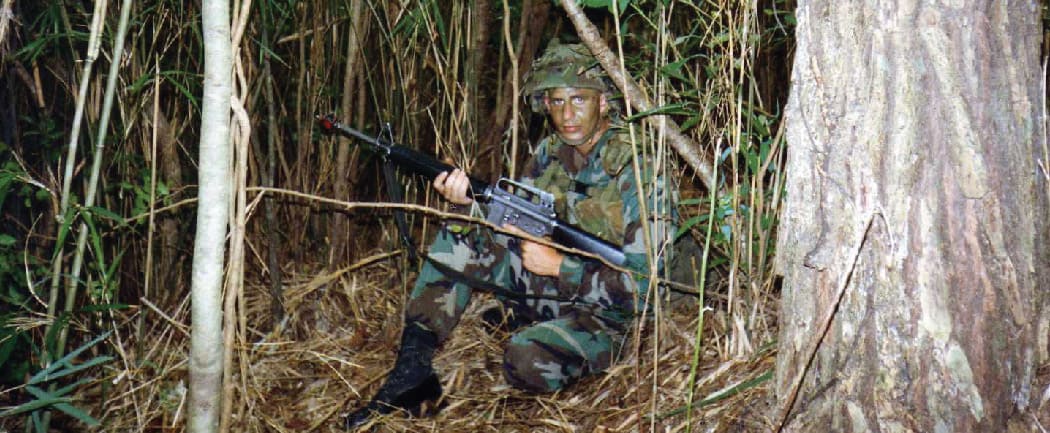
Q: What made you want to be a Marine?
A: It was just something I always wanted to do when I was a kid. I just decided that being in the Marine Corps Infantry was just something that I wanted to do. I always liked guns and shooting stuff so I thought it would be kind of fun. So I did it, and it was an interesting job. I wanted to do the Marine Corps to be the best. A friend of mine had been talking about going into the Marine Corps at the time, so I think he kind of convinced me as well.
Q: What was your job as a Marine?
A: I was a rifleman and worked in the infantry companies as a soldier. We did various jobs on the side. I was an ammo driver and drove humvees, but the main job revolved around infantry.
Q: You knew Jeremiah even before you were a Marine, right?
A: Yes. When I was about fifteen years old one of my close friends moved to Grove City, and when he started school in Grove City he became friends with Jeremiah and thats how I became friends with Jeremiah.
Q: Do you have a lot of childhood memories or shenanigans?
A: Yeah. We did a few shenanigans over the years.
Q: Tell me the history of how you got hired.
A: At the time I was working for CCX as a driver and I was also going to school at night for mechanical engineering. They had a meeting to discuss changes that involved the loss of my bid start times. It would have interfered with my school schedule. So I called Jeremiah and told him that he needed to hire me and I was ready to start for him in two weeks. And he went with it.
Q: What other hobbies do you have outside of work?
A: These day mostly revolve around my kids. I have three daughters and they take up most of my time and energy. They are six, four, and three. If I ever get free time I do some shooting and hunting.
Q: What do you think about how the company’s has been growth since you’ve been here? You’ve seen the whole thing, right?
A: Just a couple guys in a small shop to where we are now is amazing. The company has evolved so much over the years. It was in like a garage when I first started and now its a well established facility. Its been really neat to see the evolution. When we started at the shop in Grove City, it had wood floors and the weld shop portion of that building was tiny. Some of our components had to be built on the road because they were too big to fit through the doors.
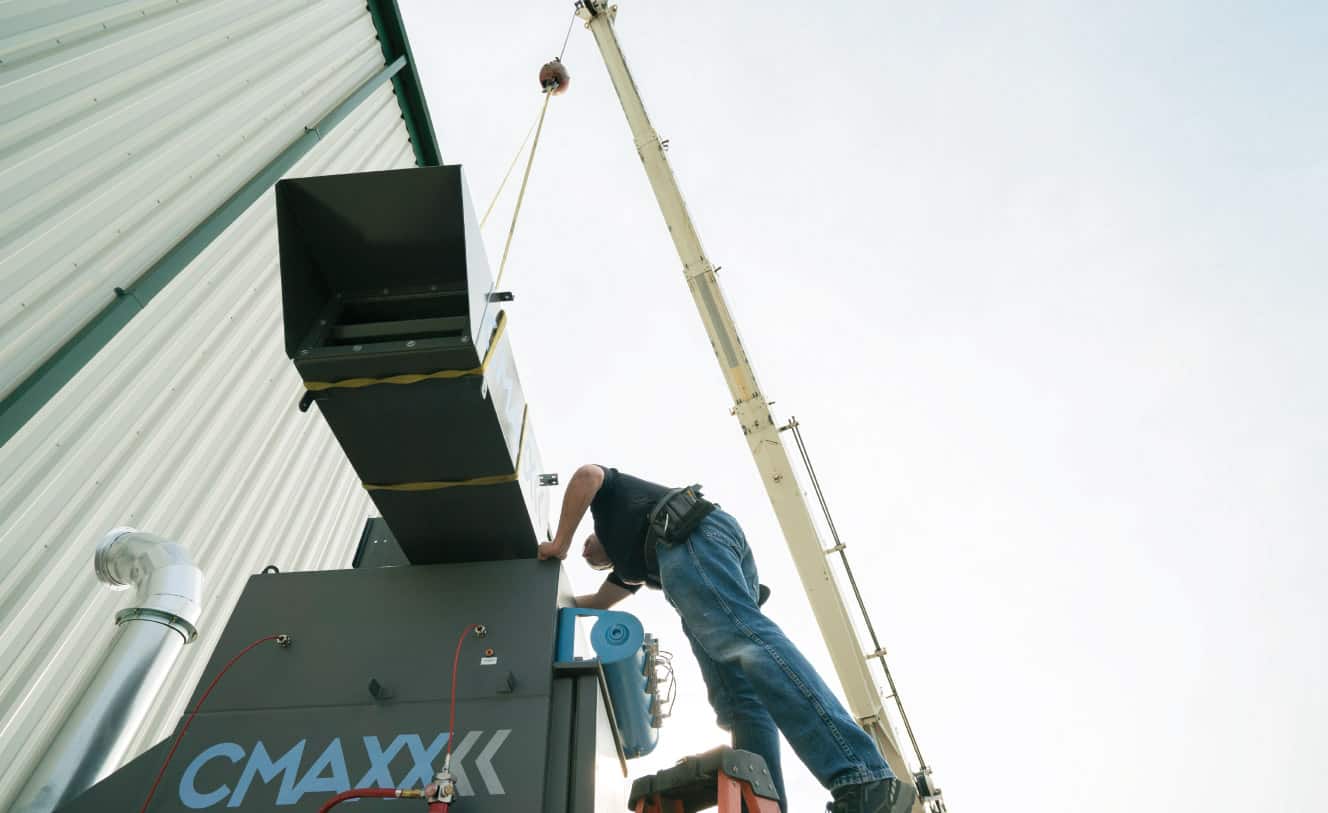
Read more
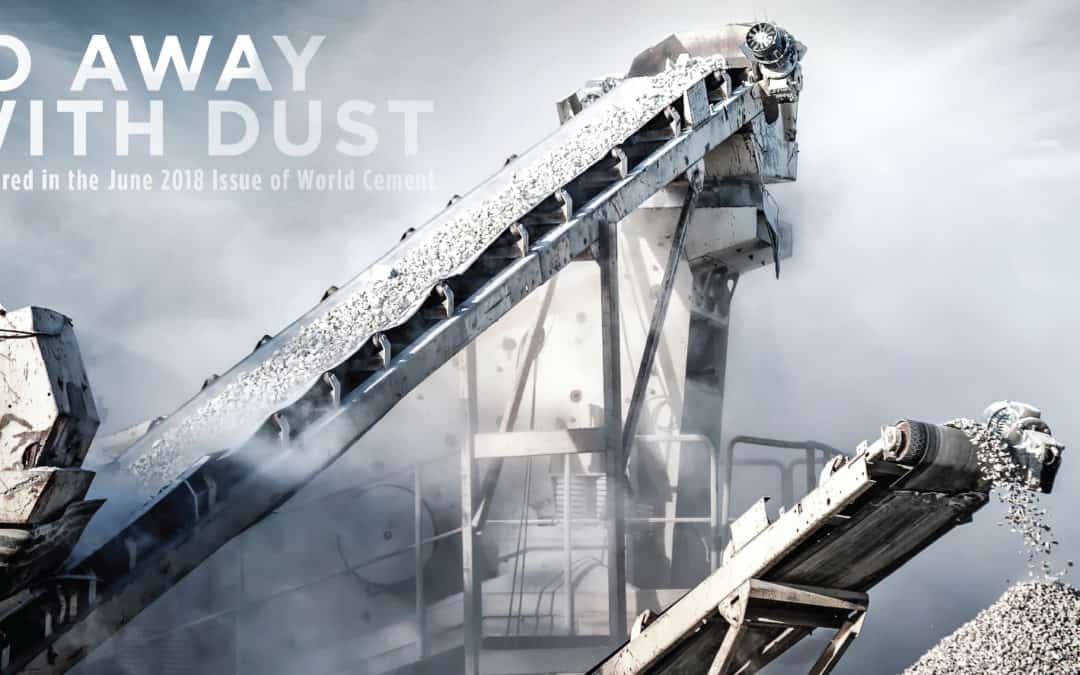
by Scott Stearns | Jul 13, 2018 | Hidden from Archive
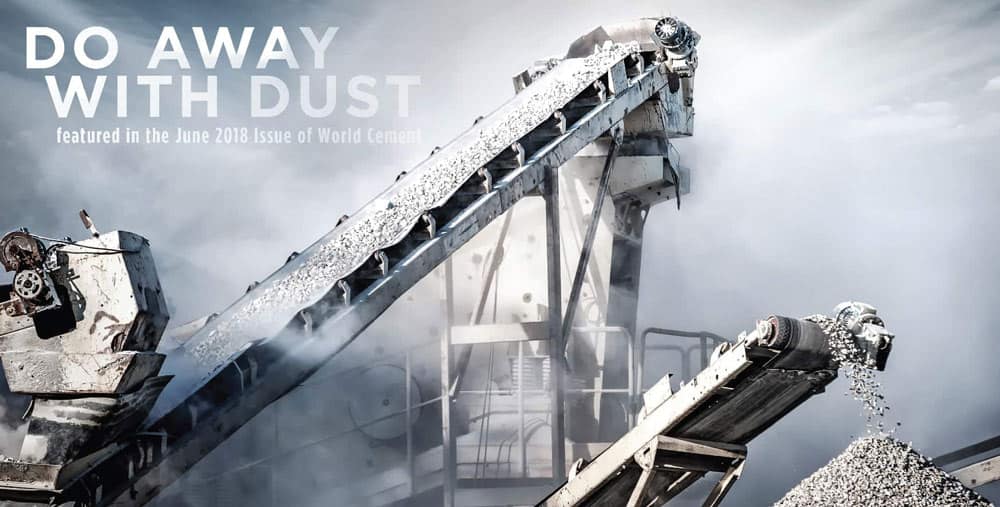
 Jeremiah Wann, Imperial Systems, discusses the benefits of Spot Filters when dealing with dust at cement plants.
Jeremiah Wann, Imperial Systems, discusses the benefits of Spot Filters when dealing with dust at cement plants.
SPOT FILTERS: ALL-PURPOSE CEMENT DUST SOLUTIONS
There are many opportunities when working with cement for dust to start accumulating. Anywhere that the material is moved around, dust is produced. With companies facing new and stricter OSHA silica exposure laws, there is a tremendous need for filters in cement applications. Respirators may not be able to handle the high levels of dust produced, and even if they can, they are uncomfortable and often not used correctly.
OSHA’s hierarchy of hazard management considers the first line of defense as eliminating the hazard. Since it’s probably impossible for you to eliminate all the processes in your facility that produce dust, it makes sense to move to the next step, which is to use engineering controls to manage the hazard. A dust collector is an engineering control because it manages the hazard without the employees needing to actively do anything (like wear PPE) to be protected.
BAGHOUSE VS. CARTRIDGE COLLECTOR
While baghouses have dominated the cement industry in the past, they have many disadvantages. A major one is that very high airflow needs to be maintained to move dust-laden air from the various points of capture to the baghouse, requiring high energy usage and large fans. Also, baghouses often have a huge number of bags, which are very difficult and messy to change. A confined space procedure may be required to get into the air plenum where the filters are accessed. The bags often have to be pulled onto metal cages and there are a variety of complicated mechanisms for attaching them to the tube sheet.
Cartridge collectors are appropriate for almost all types of fine dust, as long as it is dry, and they are more efficient and much easier to change than bags in a baghouse. Cartridge filters are pleated, which allows them to have a much higher surface area than a bag and pack a lot more media into a smaller space. The ease of changing filters and overall maintenance is often a major factor in choosing a cartridge collector over a baghouse. Baghouses may still be preferred for certain applications; a systems engineer can help determine which will work best. High temperature applications, for example, often require a baghouse because the bag material can handle extreme temperatures better. Systems engineers are experts in system design and should always be consulted on a dust collection project.
Many applications, particularly those handling large amounts of bulk solids, have had excellent results with cartridge collectors. Grain and silica industries are two examples of applications where cartridge collectors are often in use. Especially where silica dust is involved, cartridge collectors are becoming increasingly popular because of the extremely high efficiency of the filter media, which helps companies make sure they are meeting OSHA’s new silica dust regulations.
Some companies have questioned whether cartridge filters are durable enough to handle tough applications like silica or cement dust. The answer is that yes, with a properly designed system they can definitely handle this material. Options such as overbags can help protect the filters if the dust stream contains some larger particles in addition to smaller ones. A cartridge collector will also have baffles that cause the air to slow down and larger material to drop out of the air stream before it reaches the filters, protecting them from damage.
SPOT FILTERS
Another issue may pop up with a central vacuum system. Whether it uses bags or cartridges, there may be very long runs of ductwork to access all of the points of dust capture. It may not be practical to run duct all the way down a very long conveyor, for example, or to a machine that’s a long way from the collector. You may even need dust collection on a mobile piece of equipment like a cement dust transport truck that moves material around the site. For all of these situations, spot filters are a great option to consider.
A spot filter is a small cartridge collector that is placed directly at the location where dust is being produced. Examples of good locations for spot filters include:
• Drying areas
• Conveyor belts
• Transfer points
• Dump pits
• Roller mills
• Blenders and mixers
• Bucket elevators
• Hammer mills
• Transport trucks
• Vents and openings in storage areas
• Material loading and unloading
Spot filters usually have two or four cartridges. Because of the pleated material, cartridge filters are perfect for applications where the collector needs to be small and compact. They are also self-contained, which means they do not need any ductwork run to them. They have their own fan and run independently, so you can put one a long way from your central dust collection system, or use them if you don’t have a central dust collection system. Spot filters sit directly at the point where the dust is generated, allowing them to capture the maximum amount of dust and prevent any of it from getting out into the air of your facility or exposing your workers to silica-containing dust.
An advantage of spot filters is also that they are very easy to maintain. In a well-designed collector, cartridges slide out easily on rails and new ones slide back in. This only applies to vertical collectors where the cartridges hang from a tube sheet at the top of the collector; horizontal collectors where the filters are inserted horizontally on a supporting yoke are much more difficult to change. The filters do not need to be cleaned; they clean themselves with compressed air according to their scheduled settings and maintain efficiency by pulsing excess dust off the filter surfaces.
Spot filters are perfect for those areas in a facility where fugitive dust escapes into the environment. This dust can accumulate around the area and cause a health and safety hazard. Certain pieces of equipment may be inconvenient or nearly impossible to reach with ductwork or attach to a central collection system. For these, spot filters can capture that fugitive dust before it gets loose to build up around the area.
A patented version of a spot cartridge collector is specifically designed to be mounted on trucks transporting and unloading bulk dust. Specifically designed for sand on hydraulic fracturing sites, these collectors are able to be mounted directly on a truck that’s used to load and unload cement dust. This is is a complete plug‑and-play system. It can be mounted on sand transport trucks, at the points where material is being moved onto and off of transport belts, and over mixers and other equipment. The fans and airlocks are operated with hydraulics powered by the vehicle, and the compressed air is powered by a generator.
OSHA SILICA REGULATIONS
Because of the silica content of cement dust, new OSHA silica laws taking effect in 2018 will impact health and safety in the cement industry. These new laws strongly endorse engineering controls such as dust collection systems to prevent exposure to silica dust in the air.
In many places, we’ve seen a central baghouse removing dust from several main points of dust production. However, a lot of these places also have a number of other sites where fugitive dust is escaping and contaminating the area, accumulating around the facility. This dust can be easily stirred up and inhaled.
Health risks of inhaling silica dust include silicosis, a chronic lung disease where inhaled silica dust, such as the kind that is a component of cement, damages and scars the small air sacs of the lungs. This results in difficulty breathing and getting enough oxygen to the rest of the body. Exposure can also cause an acute form of silicosis where the damage causes the lungs to swell and fill with fluid. This type of silicosis is uncommon but very dangerous.
Chronic silicosis is very common among people exposed to silica dust. The scarring can progress to a condition called progressive massive fibrosis, where the lungs become stiff and full of scar tissue. When the disease is severe, people may need oxygen support to be able to breathe. Silicosis can cause death.
The health risks of silica include other deadly conditions. Silica is a known carcinogen, meaning it causes lung cancer. It also makes you more likely to get lung diseases like emphysema, tuberculosis or bronchitis. Because the cement industry has been targeted as one in which the dust includes silica, OSHA is likely to be very vigilant about dust management in cement handling applications.
CONCLUSION
Spot filters may be exactly the solution you are looking for if you have equipment such as conveyor transfer points, mixers, elevators, or other places where dust has a tendency to escape. If you don’t have a current dust collection system, or if it’s not practical to attach these pieces of equipment to the current system, a spot filter can be a very efficient solution. It sits directly on the area where dust is produced, captures it before there is any opportunity for it to get out into the air in the facility, and contains it safely.
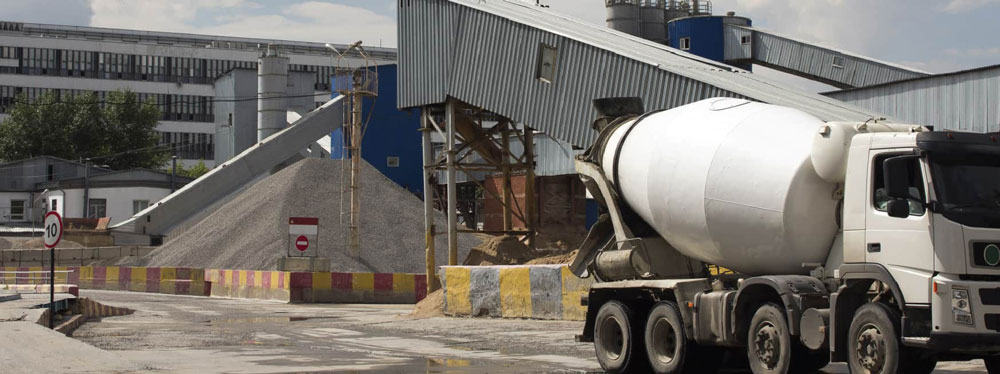
Read more

 That can be a very hard concept to accept. However, I am constantly amazed that people who work at Imperial Systems live and breathe this selfless idea without even knowing they are doing it. People focus on the good of the company, the community, fellow individuals, our customers and vendors. They have found when they humbly accept this there is no height they cannot achieve.
That can be a very hard concept to accept. However, I am constantly amazed that people who work at Imperial Systems live and breathe this selfless idea without even knowing they are doing it. People focus on the good of the company, the community, fellow individuals, our customers and vendors. They have found when they humbly accept this there is no height they cannot achieve.


















 Jeremiah Wann, Imperial Systems, discusses the benefits of Spot Filters when dealing with dust at cement plants.
Jeremiah Wann, Imperial Systems, discusses the benefits of Spot Filters when dealing with dust at cement plants.